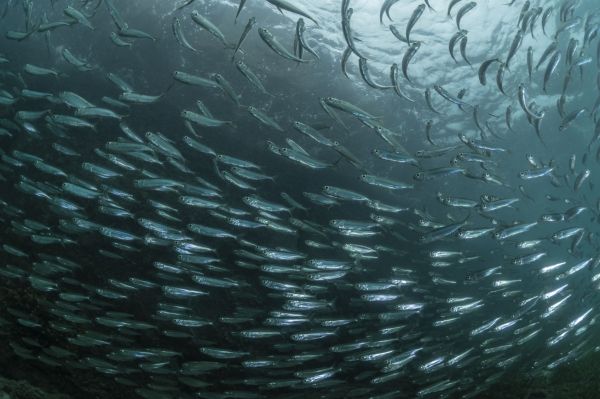An international team of researchers including Leif Andersson, a professor at the Texas A&M University College of Veterinary Medicine & Biomedical Sciences (CVMBS), and Biomedical Sciences doctoral student Minal Jamsandekar, have used genome sequencing to document 53 herring populations from the Atlantic Ocean and the Baltic Sea.
The data could be used to help set fishing quotas that allow for the sustainable harvesting of genetically defined stocks. Their research was published in eLife.
“Current methods are limited to phenotypic data and very few genetic markers,” said Jamsandekar. “This leads to misclassification of herring populations occasionally and leads to overexploitation.”
Continue reading at Texas A&M University
Image via Texas A&M University


